“Tesla Inc. has completed a solar project in Hawaii that incorporates batteries to sell power in the evening, part of a push by the electric car maker to provide more green power to the grid.”


“Tesla Inc. has completed a solar project in Hawaii that incorporates batteries to sell power in the evening, part of a push by the electric car maker to provide more green power to the grid.”
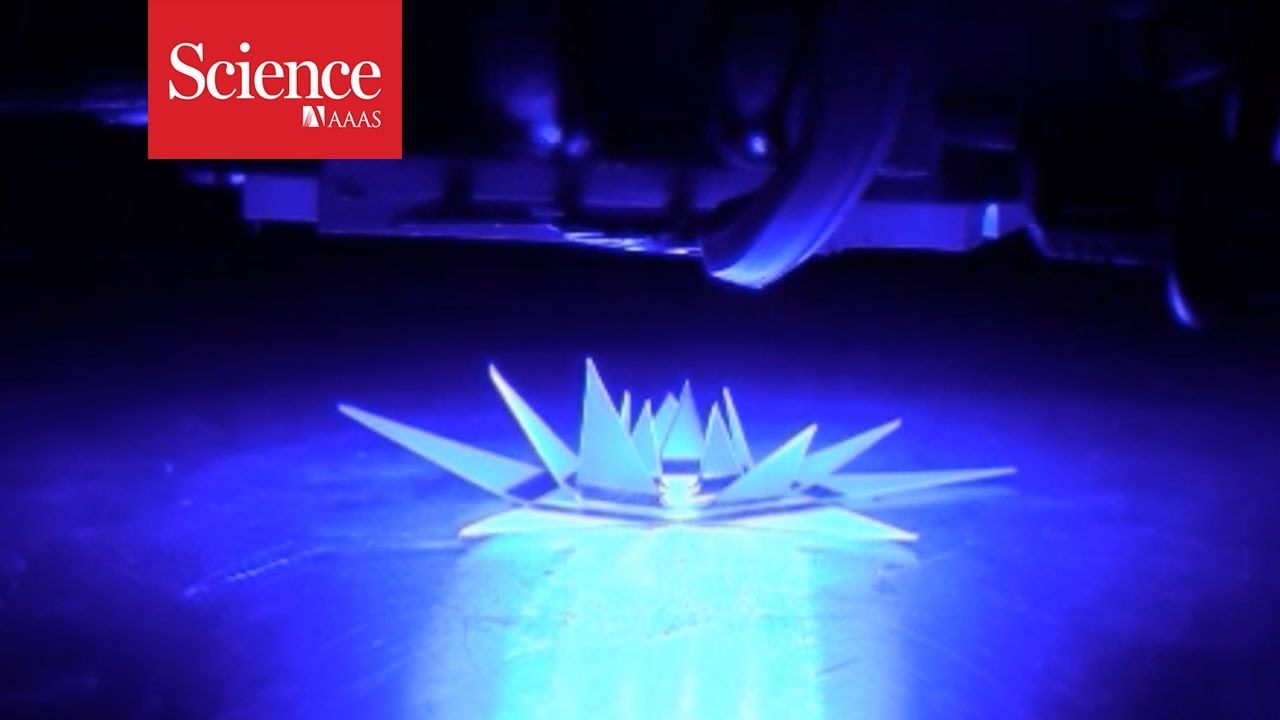
Inspired by origami, North Carolina State University researchers have found a way to remotely control the order in which a two-dimensional (2-D) sheet folds itself into a three-dimensional (3D) structure.
“A longstanding challenge in the field has been finding a way to control the sequence in which a 2-D sheet will fold itself into a 3D object,” says Michael Dickey, a professor of chemical and biomolecular engineering at NC State and co-corresponding author of a paper describing the work. “And as anyone who has done origami — or folded their laundry—can tell you, the order in which you make the folds can be extremely important.”
“The sequence of folding is important in life as well as in technology,” says co-corresponding author Jan Genzer, the S. Frank and Doris Culberson Distinguished Professor of Chemical and Biomolecular Engineering at NC State. “On small length scales, sequential folding via molecular machinery enables DNA to pack efficiently into chromosomes and assists proteins to adopt a functional conformation. On large length scales, sequential folding via motors helps solar panels in satellites and space shuttles unfold in space. The advance of the current work is to induce materials to fold sequentially using only light.”

Nice.
MIT researchers have done even better. MIT has spunout a company called Sistine Solar that has developed a technology to print any kind of image on a skin that can be applied on solar panels, which change the appearance of the photovoltaic cells from all angles, without compromising on their capacity to generate electricity. Founded by the Sloan School of Management at MIT, Sistine Solar hopes to increase the adoption of clean energy with solar panels that mimic the surroundings or environment.
Image: Sistine Solar
Co-founder of Sistine Solar, Senthil Balasubramanian says, “If you look at the landscape today, less than 1 percent of US households have gone solar, so it s nowhere near mass adoption. We think SolarSkin is going to catch on like wildfire. There is a tremendous desire by homeowners to cut utility bills, and solar is finding reception with them and homeowners care a lot about aesthetics.”
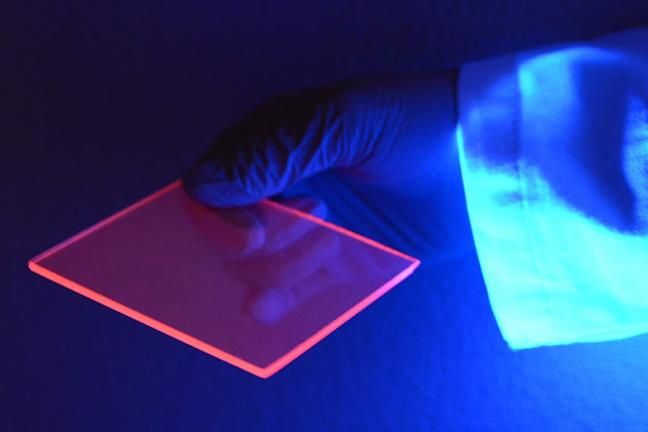
Researchers at the University of Minnesota and University of Milano-Bicocca are bringing the dream of windows that can efficiently collect solar energy one step closer to reality thanks to high tech silicon nanoparticles.
The researchers developed technology to embed the silicon nanoparticles into what they call efficient luminescent solar concentrators (LSCs). These LSCs are the key element of windows that can efficiently collect solar energy. When light shines through the surface, the useful frequencies of light are trapped inside and concentrated to the edges where small solar cells can be put in place to capture the energy.
The research is published today in Nature Photonics.
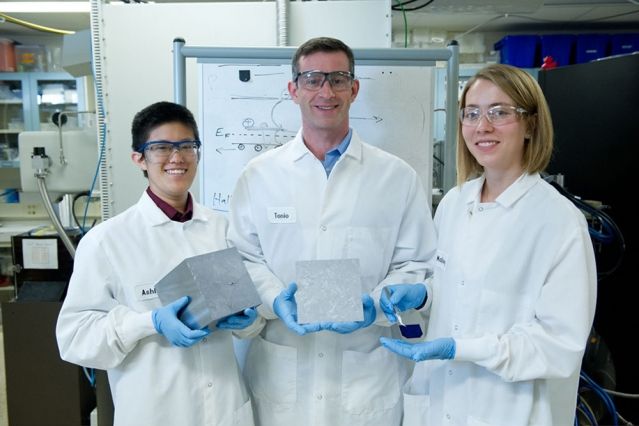
Gets too advanced for me, but still interesting.
As the world transitions to a low-carbon energy future, near-term, large-scale deployment of solar power will be critical to mitigating climate change by midcentury. Climate scientists estimate that the world will need 10 terawatts (TW) or more of solar power by 2030—at least 50 times the level deployed today. At the MIT Photovoltaics Research Laboratory (PVLab), teams are working both to define what’s needed to get there and to help make it happen. “Our job is to figure out how to reach a minimum of 10 TW in an economically and environmentally sustainable way through technology innovation,” says Tonio Buonassisi, associate professor of mechanical engineering and lab director.
Their analyses outline a daunting challenge. First they calculated the growth rate of solar required to achieve 10 TW by 2030 and the minimum sustainable price that would elicit that growth without help from subsidies. Current technology is clearly not up to the task. “It would take between $1 trillion and $4 trillion of additional debt to just push current technology into the marketplace to do the job, and that’d be hard,” says Buonassisi. So what needs to change?
Using models that combine technological and economic variables, the researchers determined that three changes are required: reduce the cost of modules by 50 percent, increase the conversion efficiency of modules (the fraction of solar energy they convert into electricity) by 50 percent, and decrease the cost of building new factories by 70 percent. Getting all of that to happen quickly enough—within five years—will require near-term policies to incentivize deployment plus a major push on technological innovation to reduce costs so that government support can decrease over time.
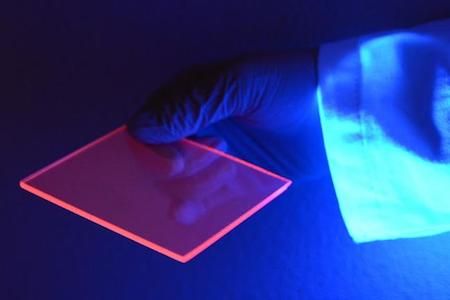
Luminescent solar concentrators (LSCs), which are flat panes of mostly transparent material that take sunlight (both diffuse and directed) and concentrate it at the panes’ edges, can be used as “photovoltaic windows,” which, as the name makes clear, collect solar energy while serving as ordinary windows. Now, researchers at the Università degli Studi di Milano-Bicocca and Glass to Power Srl (both of Milano, Italy) and the University of Minnesota (Minneapolis, MN) are lowering the potential cost of such windows by using silicon nanoparticles as the fluorescent absorber/emitter in the LSC windows.

Many forms of energy surround you: sunlight, the heat in your room and even your own movements. All that energy—normally wasted—can potentially help power your portable and wearable gadgets, from biometric sensors to smart watches. Now, researchers from the University of Oulu in Finland have found that a mineral with the perovskite crystal structure has the right properties to extract energy from multiple sources at the same time.
Perovskites are a family of minerals, many of which have shown promise for harvesting one or two types of energy at a time—but not simultaneously. One family member may be good for solar cells, with the right properties for efficiently converting solar energy into electricity. Meanwhile, another is adept at harnessing energy from changes in temperature and pressure, which can arise from motion, making them so-called pyroelectric and piezoelectric materials, respectively.
Sometimes, however, just one type of energy isn’t enough. A given form of energy isn’t always available—maybe it’s cloudy or you’re in a meeting and can’t get up to move around. Other researchers have developed devices that can harness multiple forms of energy, but they require multiple materials, adding bulk to what’s supposed to be a small and portable device.
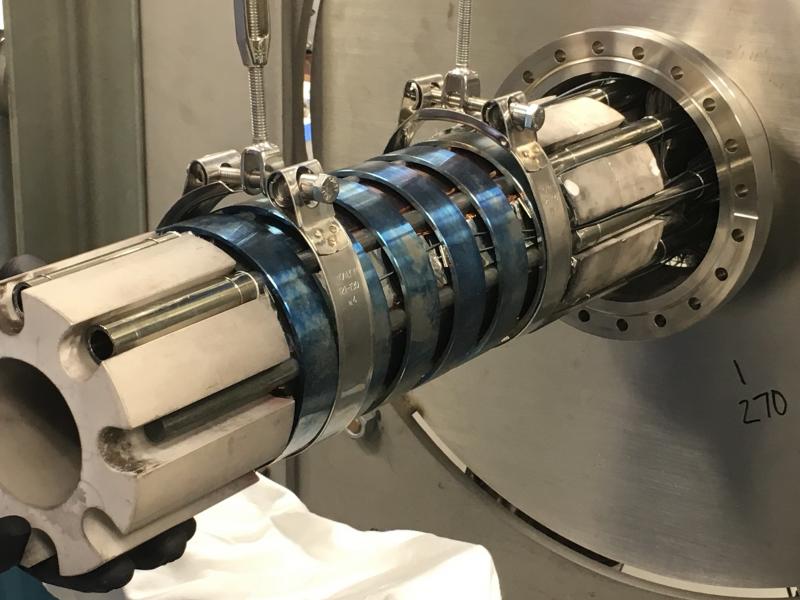
For the past five decades—from the Apollo-era lunar science experiments to the Mars Curiosity and the New Horizons missions—Pu-238 Radioisotope Thermal Generators (RTG) have served as a power source. While some of the NASA’s forays will continue to rely on these RTGs, others will require larger power sources to enable human space and planetary exploration and establish reliable high bandwidth deep-space communications. Solar power cannot handle this goal. A larger nuclear-based power source is required.
In a recent Washington Post article, Jeff Bezos, founder of amazon.com and creator of Blue Origin space project said, “I think NASA should work on a space-rated nuclear reactor. If you had a nuclear reactor in space—especially if you want to go anywhere beyond Mars—you really need nuclear power. Solar power just gets progressively difficult as you get further way from the sun. And that’s a completely doable thing to have a safe, space-qualified nuclear reactor.”
Calls for space nuclear power are not new. In fact, numerous reactor concepts have been proposed in the past. Their development is often dampened by the perception that nuclear is too hard, takes too long and costs too much.
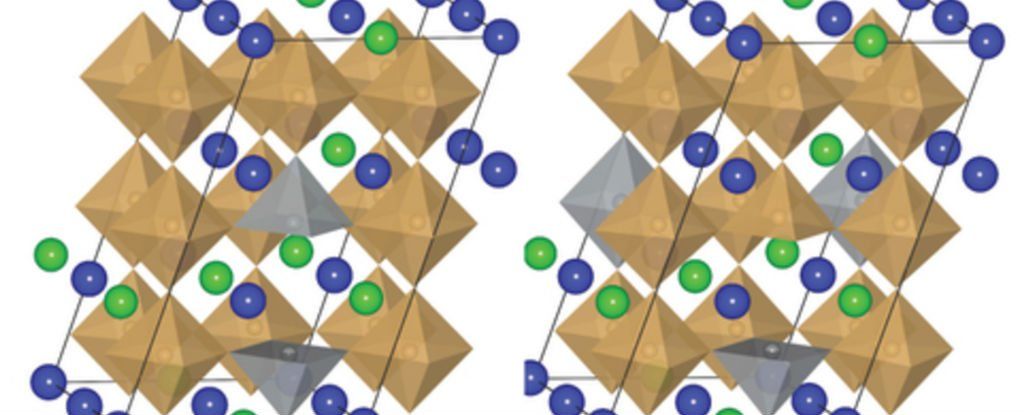
Scientists have discovered that a certain type of mineral has the right properties to extract energy from multiple sources at the same time — turning solar, heat, and kinetic energy into electricity.
The mineral is a type of perovskite — a family of minerals with a specific crystal structure — and this is the first time researchers have identified one that can convert energy from all three sources at room temperature.
Since the first perovskite solar cell was invented back in 2009, these minerals have been positioned as the ‘next big thing’ in renewable energy technology.
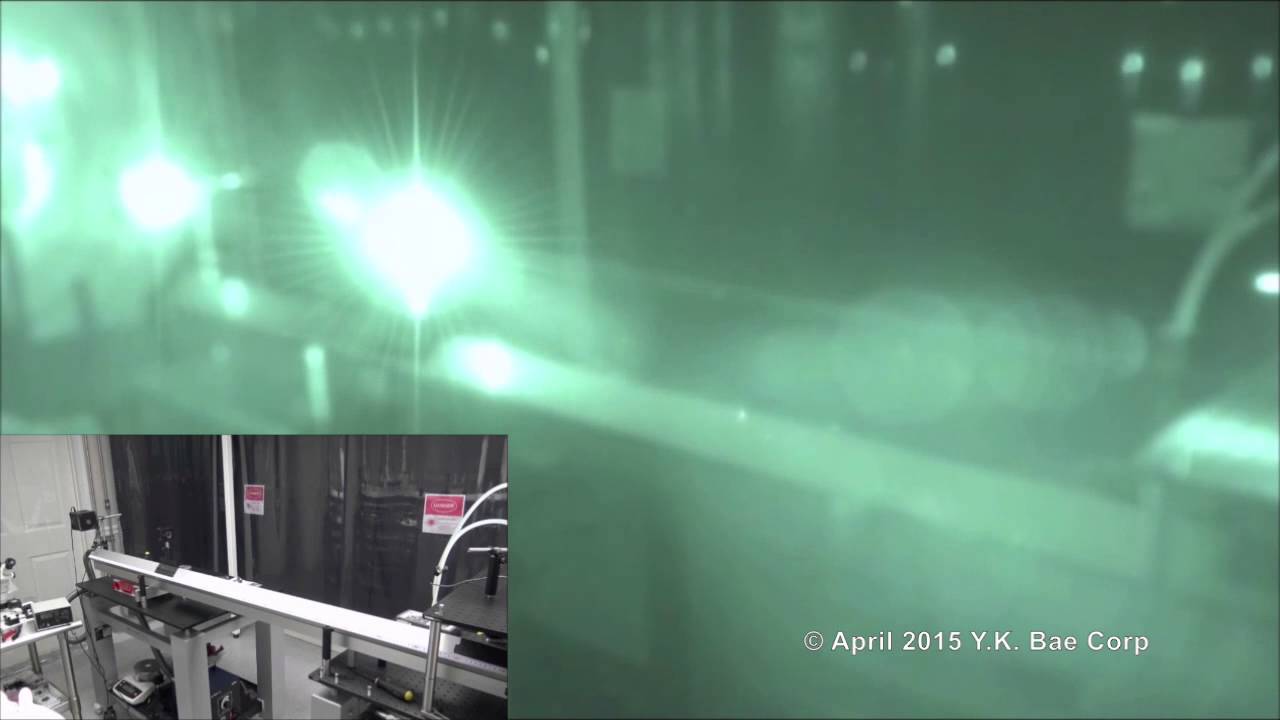
Young Bae of Advanced Space and Energy Technologies in Tustin, California, has improved his photonic laser thruster. was developed with NASA funding. His thruster works because light exerts pressure when it hits something. In theory, it is possible to move an object like a CubeSat by nudging it with a laser beam. In practice, however, the pressure which light exerts is so small that a device able to do a useful amount of nudging would require a laser of unfeasibly large power.
Dr Bae has overcome this limitation by bouncing light repeatedly between the source laser and the satellite, to multiply the thrust. In his latest experiments, Dr Bae has managed to amplify the thrust imparted by a single nudge of the laser by a factor of 1,500, which is big enough to manoeuvre a CubeSat as well as a conventional thruster would. This brings two advantages. First, since no on-board propellant is required, there is more room for instruments. Second, there being no fuel to run out, a CubeSat’s orbit can be boosted as many times as is desired, and its working life prolonged indefinitely.
A suitable laser is required to provide the thrust. Dr Bae thinks it could be in orbit as well. The laser would be powered by solar cells and shepherd a veritable flock of CubeSats, providing the propulsion needed to move and arrange them as required.